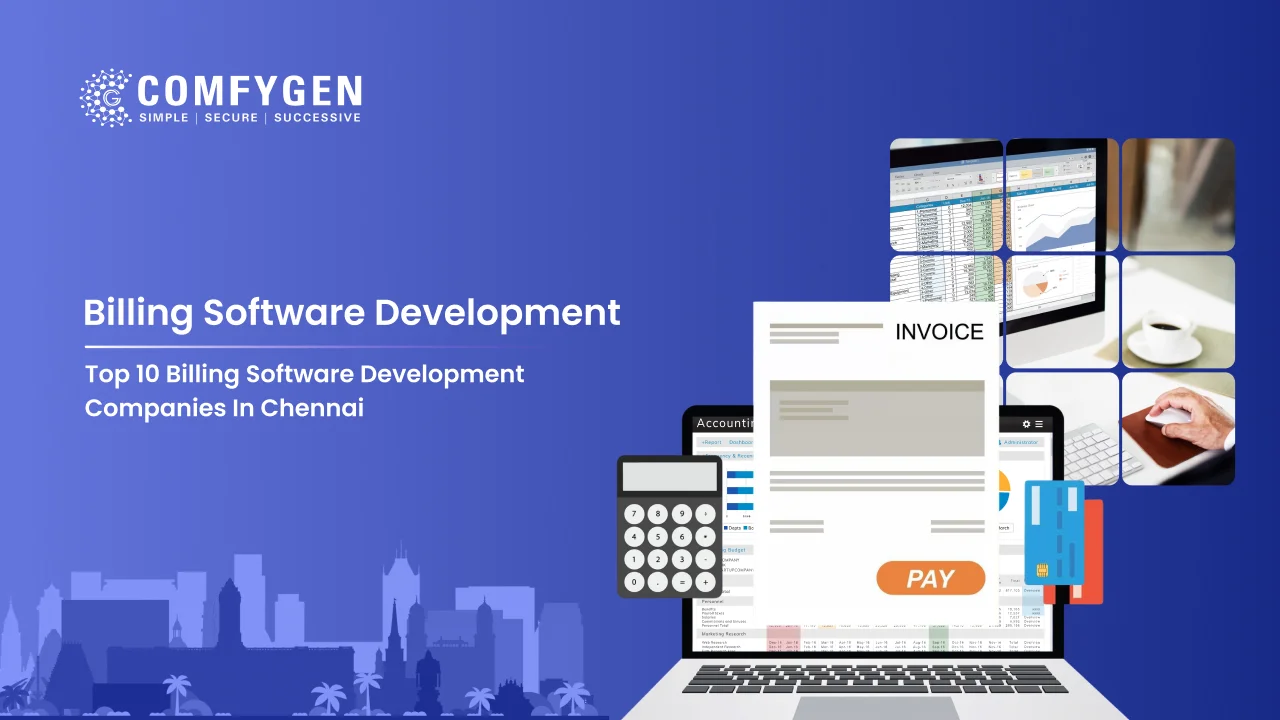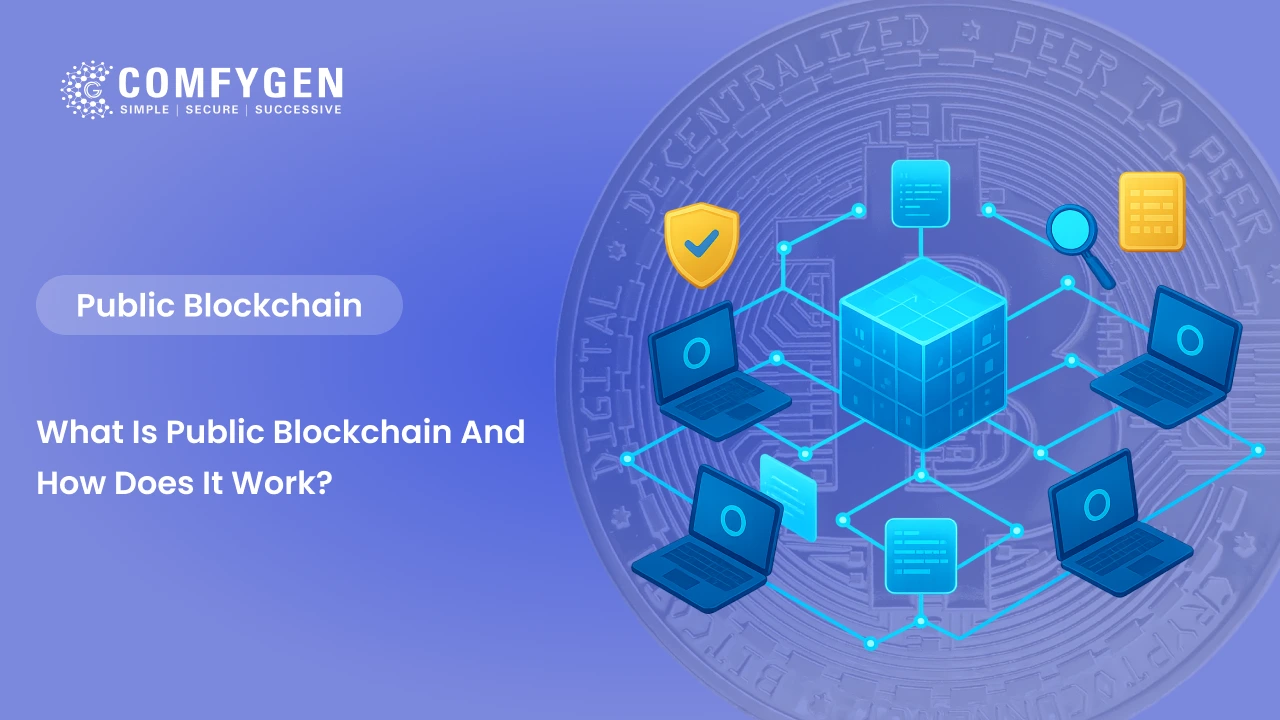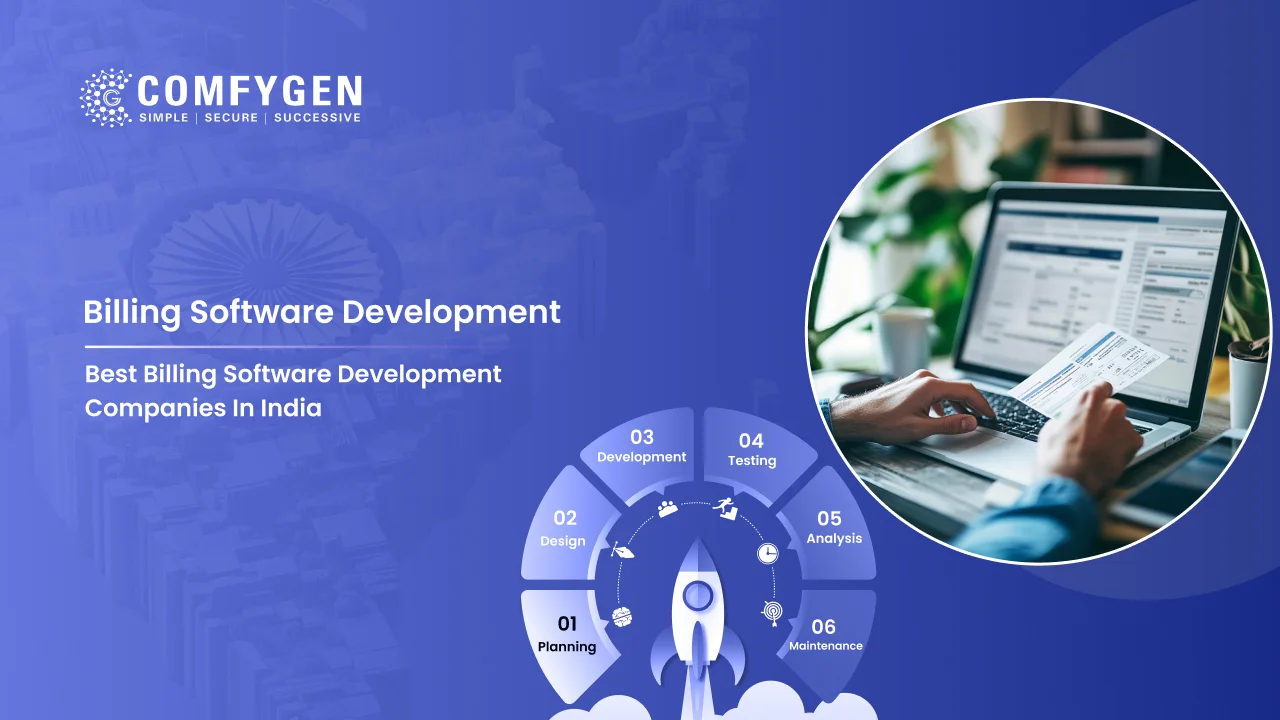What is Public Blockchain and How Does it Work?
Blockchain technology has totally changed the manner in which we approach digital transactions, trust, and decentralization. Basically, a blockchain is a shared, distributed ledger on which transactions are stored in a secure, transparent, and tamper-proof way. Among the various types of blockchain, public blockchain is the most open and decentralized type.
What Is a Public Blockchain?
A public blockchain is a decentralized, open-access digital ledger that allows anyone to participate in transaction validation, data storage, and network governance without requiring permission. Unlike private or consortium blockchains, which restrict access to approved entities, public blockchains operate on a fully permissionless model—meaning no central authority controls who can join or interact with the network.
Key Characteristics of Public Blockchains
Open & Permissionless Access
- Anyone can download the blockchain software, run a node, and participate in transaction validation.
- No approval is needed to send transactions or deploy smart contracts (in networks like Ethereum).
Decentralized Control
- No single entity (like a government or corporation) owns or controls the network.
- Decision-making is distributed among users, developers, and miners/validators.
Transparency & Immutability
- All transactions are publicly recorded on the blockchain and can be audited by anyone.
- Once data is added, it cannot be altered or deleted, ensuring tamper-proof records.
Cryptocurrency Incentives
- Most public blockchains have a native cryptocurrency (e.g., Bitcoin’s BTC, Ethereum’s ETH) that rewards participants (miners/stakers) for securing the network.
- Users pay transaction fees in the native token to execute operations.
How Public Blockchains Differ from Private Blockchains
| Feature | Public Blockchain | Private Blockchain |
| Access | Open to everyone | Restricted to authorized members |
| Control | Decentralized | Centralized (managed by a single organization) |
| Speed | Slower (due to consensus mechanisms) | Faster (fewer nodes to validate) |
| Use Cases | Cryptocurrencies, DeFi, NFTs | Enterprise solutions, internal record-keeping |
Examples of Public Blockchains
- Bitcoin (BTC) – The first public blockchain, designed for peer-to-peer payments.
- Ethereum (ETH) – Supports smart contracts, enabling DeFi and DApps.
- Solana (SOL), Cardano (ADA), Polkadot (DOT) – Next-gen blockchains with scalability improvements.
Public blockchains are the foundation of Web3, enabling trustless financial systems, decentralized governance, and censorship-resistant applications.
How Does a Public Blockchain Work?
Public blockchains operate through a sophisticated combination of decentralized networks, consensus mechanisms, and cryptographic security to create trustless, transparent systems. Let’s examine the core components that make this technology function.
1. Decentralized Network Architecture
At its foundation, a public blockchain relies on a peer-to-peer (P2P) network of interconnected nodes (computers) that collectively maintain the ledger:
- Full Nodes – Store the complete blockchain history and validate all transactions
- Mining/Validator Nodes – Participate in consensus to add new blocks
- Light Nodes – Provide wallet functionality without storing full history
This distributed structure ensures:
- No single point of failure – The network remains operational even if some nodes go offline
- Censorship resistance – No central authority can control or manipulate transactions
- Global accessibility – Anyone can join the network from anywhere in the world
2. Consensus Mechanisms: Achieving Network Agreement
Public blockchains use various consensus models to validate transactions without centralized control:
Proof of Work (PoW)
- Proof of Work (PoW) Used by Bitcoin, Litecoin
- Miners compete to solve complex cryptographic puzzles
- First to solve gets to add the next block and earn rewards
- Provides excellent security but consumes significant energy
Proof of Stake (PoS)
- Proof of Stake (PoS) is Used by Ethereum 2.0, Cardano
- Validators stake cryptocurrency as collateral
- Block creators are chosen based on stake size and other factors
- More energy-efficient than PoW
Alternative Consensus Models
- Delegated PoS (EOS, Tron) – Faster but more centralized
- Proof of History (Solana) – Uses cryptographic timestamps
- Proof of Authority – Used in some hybrid models
3. Transaction Processing & Smart Contracts
Transaction Lifecycle
- A user initiates a transaction (e.g., sending crypto)
- The transaction is broadcast to the network
- Nodes validate the transaction (checking signatures, balances)
- Valid transactions enter the mempool (waiting area)
- Miners/validators select transactions for the next block
- Once confirmed, the transaction becomes immutable
Smart Contract Execution
- Self-executing programs stored on-chain (Ethereum, Solana)
- Automatically enforce terms when conditions are met
- Enable DeFi, NFTs, DAOs, and other advanced applications
- Executed by every node for complete transparency
4. Security & Immutability Features
Public blockchains employ multiple layers of cryptographic protection:
Cryptographic Hashing
- Each block contains a unique fingerprint (hash) of its contents
- Changing any data would require recalculating all subsequent hashes
- Makes historical transactions practically immutable
Protection Against Attacks
- Double-spending prevention – Consensus ensures only valid transactions are confirmed
- 51% attack resistance – Requires controlling the majority of the network power
- Sybil attack protection – Mechanisms prevent fake identities from overwhelming the network
Advantages of Public Blockchains
Public blockchains offer several fundamental advantages that make them revolutionary for digital transactions and decentralized applications. Here are the key benefits:
Transparency
- Every transaction is recorded on a public ledger that anyone can audit
- Complete visibility into transaction history and smart contract operations
- Builds trust without requiring third-party verification
Unmatched Security
- Cryptographic hashing makes data tampering virtually impossible
- Distributed nature protects against single points of failure
- Consensus mechanisms prevent fraudulent transactions
Censorship Resistance
- No central authority can block or reverse transactions
- Governments or corporations cannot freeze accounts
- Essential for financial freedom and open access
Global Accessibility
- Open to anyone with internet access
- No permission required to participate
- Enables financial inclusion for unbanked populations
Challenges of Public Blockchain
While public blockchains offer revolutionary advantages, they also face several significant challenges that must be addressed for wider adoption:
Scalability Limitations
- Bitcoin processes only 7 transactions per second (TPS)
- Ethereum handles about 15-30 TPS (pre-merge)
- Network congestion leads to high fees during peak usage
Energy Consumption Concerns
- Bitcoin’s PoW consumes more energy than some countries
- Environmental impact concerns from carbon emissions
- Transition to PoS helps, but not all chains have migrated
Regulatory Uncertainty
- Governments struggle with classification (commodity vs security)
- Compliance requirements vary by jurisdiction
- Potential for restrictive regulations that limit innovation
Public Blockchain vs Private Blockchain
| Feature | Public Blockchain | Private Blockchain |
| Access | Open to everyone | Restricted membership |
| Control | Decentralized | Centralized authority |
| Speed | Slower (5-30 TPS) | Faster (1000+ TPS) |
| Consensus | PoW/PoS/DPoS | Voting/PBFT |
| Use Cases | Open ecosystems | Enterprise solutions |
The Future of Public Blockchain
Public blockchain technology continues to evolve rapidly, with several key developments shaping its future trajectory:
Scaling Solutions
- Layer 2 rollups (Optimism, Arbitrum)
- Sidechains (Polygon, Ronin)
- Sharding implementations
Energy Efficiency Improvements
- Ethereum’s transition to PoS
- Emerging consensus models (PoH, PoSpace)
- Carbon-neutral mining initiatives
Mainstream Adoption
- Institutional crypto products (ETFs, derivatives)
- CBDCs built on public blockchain rails
- Enterprise adoption for specific use cases
Regulatory Clarity
- Clearer frameworks for compliance
- Balanced approaches to consumer protection
- International cooperation on standards
Conclusion:
Public blockchains are more than just a technology—they’re the foundation of the next digital economy. They deliver transparency, trust, and accessibility on a global scale, making them essential for businesses that want to stay relevant in the Web3 era.
At Comfygen, we don’t just build blockchain solutions—we engineer ecosystems. Whether you’re launching a DeFi platform, deploying NFTs, or building a custom decentralized application, our team designs and develops secure, scalable, and high-performance public blockchain networks tailored to your vision.

Mr. Saddam Husen, (CTO)
Mr. Saddam Husen, CTO at Comfygen, is a renowned Blockchain expert and IT consultant with extensive experience in blockchain development, crypto wallets, DeFi, ICOs, and smart contracts. Passionate about digital transformation, he helps businesses harness blockchain technology’s potential, driving innovation and enhancing IT infrastructure for global success.
Based on Interest

Top 10 Billing Software Development Companies in Chennai
Chennai has established itself as a prominent hub for IT services, digital transformation, and innovative software development—particularly in delivering business-critical solutions such…









